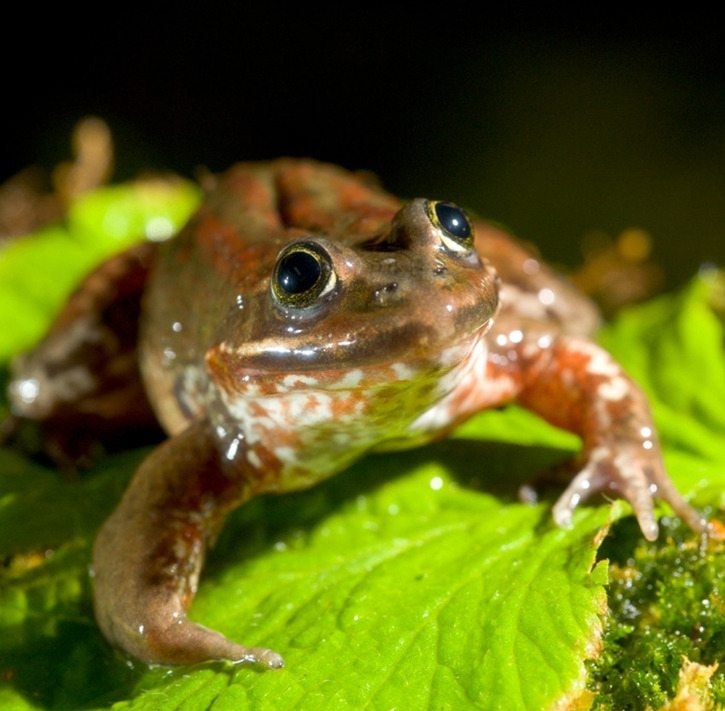In continuing their scientific work and conservation efforts for the endangered Oregon spotted frogs, last week the Greater Vancouver Zoo released more frogs back into the wild.
This is the second release of the year. The 127 frogs were bred in a captive environment while studying and marking them before finally releasing them back into their natural wetland environment.
For over a decade, animal care staff from the Greater Vancouver Zoo have worked on this important conservation project. Working alongside the wildlife biologists from the Oregon Spotted Frog Recovery Team, staff have helped with monitoring, research, habitat management and restoration of this endangered species.
The frogs were released into their natural wetland environment near Aldergrove, in an area specifically modified and enhanced to meet the Oregon spotted frogs' habitat needs.
The IUCN (International Union for Conservation of Nature) Red List of Threatened Species lists the Oregon spotted frog as “vulnerable”, and they are listed as “endangered” in Canada. Oregon spotted frogs are endangered because they constantly have to face threats from tremendous loss of suitable habitat due to draining of wetland habitats, and the introduced bullfrogs, green frogs and predatory fish that eat the tadpoles and young frogs.
Another potential threat is the chytrid fungus which is native to Africa and has caused significant loss of amphibian populations in many parts of the world.
The Oregon spotted frog is now limited to four sites within B.C., with one in the Aldergrove area and three in the Agassiz area.
The Oregon Spotted Frog Recovery Team was formed in 1999, when the Committee for the Status of Endangered Wildlife in Canada (COSEWIC) first designated the frog as “endangered” in order to save the species. The species is also "red-listed" in B.C.
The team is comprised of biologists from BC Ministry of Environment, B.C. Ministry of Forests, Lands, and Natural Resource Operations, Canadian Wildlife Service, Department of National Defense, District of Kent, Fraser Valley Regional District, Greater Vancouver Zoo, Seabird Island Band, Stó:lo Tribal Council, Toronto Zoo, Vancouver Aquarium, Grouse Mountain Refuge for Endangered Wildlife, Simon Fraser University, University of British Columbia, BC Conservation Foundation, and Fraser Valley Watersheds Coalition.
The Greater Vancouver Zoo has been actively involved with the recovery team and the head start program of this species since it was declared endangered in 1999.
